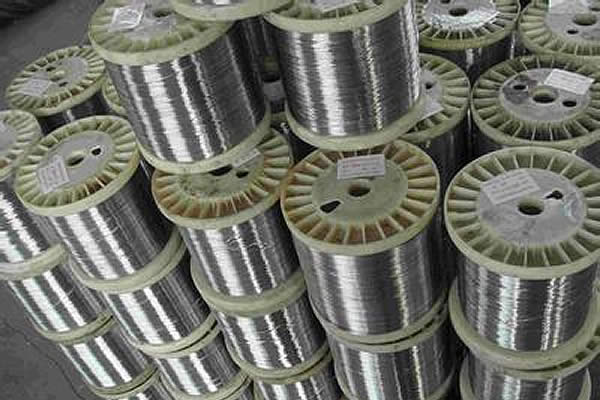 TEL:
+86-13102802206
TEL:
+86-13102802206
 Email:
fencenetting@china.com
Email:
fencenetting@china.com
 Language
Language
 TEL:
+86-13102802206
TEL:
+86-13102802206
 Email:
fencenetting@china.com
Email:
fencenetting@china.com
 Language
Language


Installing Gabion Retaining Walls A Comprehensive Guide
Gabion retaining walls are increasingly popular in both commercial and residential landscaping projects. They not only provide structural support but also enhance the aesthetic value of outdoor spaces. In this article, we will discuss the process of installing gabion retaining walls, covering essential steps, materials, and tips for successful installation.
What are Gabion Retaining Walls?
Gabion walls are structures made of wire mesh filled with rocks, stones, or other materials. The term gabion comes from the Italian word gabbione, meaning large cage. These walls are designed to retain soil and prevent erosion while allowing water to flow through, reducing hydrostatic pressure. They are environmentally friendly and can blend seamlessly into natural surroundings.
Benefits of Gabion Retaining Walls
1. Durability Gabion walls are robust and can withstand harsh weather conditions, making them a long-term solution for erosion control and soil retention.
2. Aesthetics The natural stones or decorative rocks used in gabions enhance the visual appeal of outdoor spaces.
3. Drainage Gabions offer excellent drainage properties, reducing water accumulation behind the wall, which helps preserve the integrity of the structure.
4. Eco-Friendliness By using natural materials, gabion walls have a lower environmental impact compared to traditional concrete retaining walls.
Materials Needed
Before starting your project, gather the following materials
- Wire mesh Galvanized steel wire mesh is commonly used for constructing the gabion baskets. The gauge of the wire should be heavy enough to withstand the weight of the stones.
- Gabion stones Choose stones or rocks that are durable and aesthetically pleasing. The size of the rocks should typically range from 4 to 8 inches.
- Wire ties or lacing wire These will be used to secure the gabion baskets together and to close the mesh.
- Geotextile fabric This helps prevent soil erosion behind the wall while allowing water to drain
.
- Tools You will need tools such as wire cutters, gloves, a shovel, and a level to assist with the installation.
Installation Steps
1. Planning and Designing Start by determining the length, height, and design of your retaining wall. Sketch out the plan and mark the area where the wall will be installed.
2. Excavation Clear the area for the wall, digging a trench that is slightly wider than your gabion baskets. The depth should be around 6 to 12 inches, depending on the height of the wall.
3. Base Preparation Level the bottom of the trench to create a stable base. If necessary, add a layer of gravel for additional drainage.
4. Constructing Gabion Baskets Cut the wire mesh to the desired size and shape, then fold it into a basket form. Use wire ties to secure the corners and edges, ensuring the baskets are sturdy.
5. Filling the Baskets Once the baskets are assembled, carefully fill them with the selected stones. As you fill, make sure the stones are tightly packed to provide stability. Leave some space at the top if you plan to cap the wall with additional material.
6. Placement Place the filled gabion baskets into the excavated trench, ensuring they are level and aligned. Use a level to check your work periodically.
7. Layering If you are building a taller wall, stack additional gabion layers as needed. Secure each layer by lacing the baskets together with the wire ties.
8. Backfilling Once the wall is in place, backfill the area behind it with soil and compact it to reduce settling. You can also install geotextile fabric to further promote drainage and prevent soil erosion.
9. Finishing Touches If desired, cap the top of your gabion wall with larger stones or a decorative element. This not only enhances the aesthetics but also provides an additional layer of stability.
Maintenance
Gabion retaining walls require minimal maintenance. However, periodic checks for damage or erosion are recommended, especially after heavy rainfall. Verify that the stones remain securely in place, and replenish any that have shifted or washed away.
Conclusion
Installing gabion retaining walls can be a rewarding DIY project that adds both functionality and beauty to your landscape. By understanding the materials, methods, and benefits involved, you can create a durable structure that will stand the test of time while enhancing your outdoor environment. With careful planning and execution, your gabion retaining wall can transform an ordinary space into a stunning and functional feature.